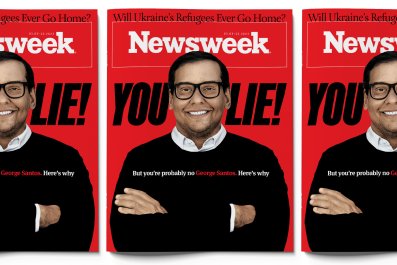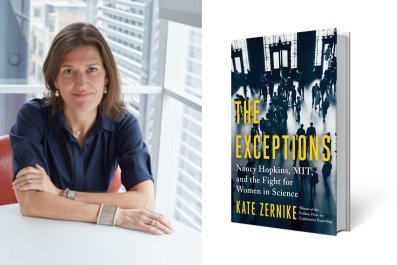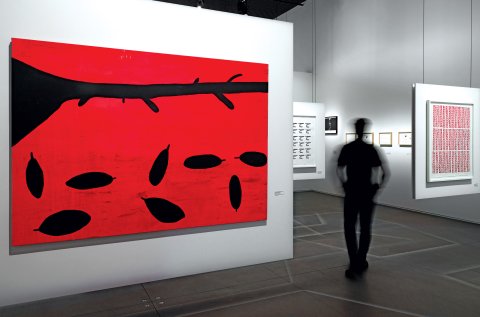
What happens when artists reckon with climate change? They visualize the air, sculpt the fluid, recreate a preserved underwater zone and process climate anxiety for us to ponder. Artists creatively grapple with environmental issues in an intimate and poetic way, contemplating the relationship between humans and nature. From colorful murals in Dublin to plastic waste installations in Frankfurt to dew-shaped stainless steel pins in Seoul, here are impactful exhibitions that may offer fresh perspective, some reflections, an alarm—or even some relief.
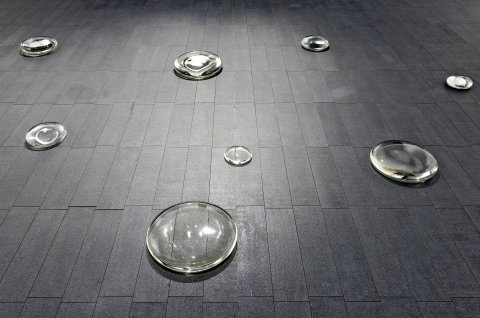
"Maya Lin: Nature Knows No Boundaries"
Pace Gallery
Seoul, South Korea
In the eyes of celebrated artist Maya Lin, the texture of water can be stainless steel pins, green glass marbles, stacks of wood or recycled silver. At her first solo show in Korea, which features her works since 2007, Lin investigates and visualizes water in various forms. The environmental activist used this eternal symbol of time and contemplation to question resource scarcity and climate precarity in our times. Through March 11.

"Navigating North"
Museum of Contemporary Art Kiasma
Helsinki
Cool winds blow from the north to feature works by 48 artists from and working in northern Finland in this exhibition exploring the relationship between humans and nature. It depicts how nature serves as both "a source of life and strength, but also an object of control and exploitation." Through April 2.

"The Yanomami Struggle"
The Shed
New York City
Artists of the Yanomami, one of the largest Indigenous groups living in Amazonia today, are telling their stories of the fight for preserving rainforest and Indigenous rights over the past five decades. A look into more than 80 drawings, alongside Brazilian photographer Claudia Andujar's documentation of the Yanomami struggle, will offer a new perspective on climate justice and thoughts on how art can connect with environmental activism. Through April 16.

"Air"
Queensland Gallery of Modern Art
South Brisbane, Australia
The air itself becomes visible in this exhibit of more than 30 Australian and international artists when presented as a wall of 30,000 hand-folded paper butterflies, a painting of volcanic ash, a column of smoke and more. Raising questions about air pollution and global warming, the show explores the form and meaning of air—something which suddenly became a focus for many during the pandemic and the concern about the potential for airborne transmission of the virus. Through April 23.
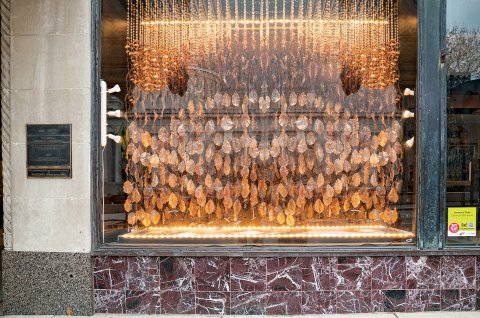
"Art Spot"
Various Locations
Columbus, Ohio
Red paper cutouts, a hand-embroidered couture gown, walls of flowers or magnolia leaves, lamps made of translucent paper—these are some of the varied, vivid, visual interpretations of climate change issues on display in storefront windows throughout downtown Columbus. This weekend, stroll around the art district and take a few minutes to contemplate the themes being explored—from deforestation to extreme weather to coral bleaching to insects decline. Through June 2023.
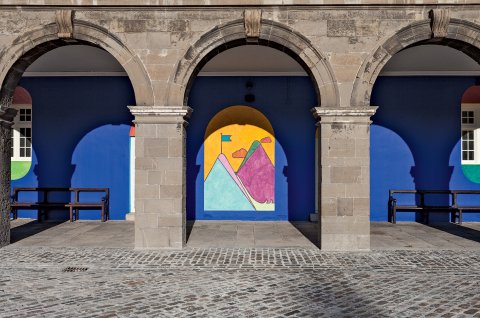
"Kind Words Can Never Die"
Irish Museum of Modern Art
Dublin
Color becomes the new language to address climate change through this museum's courtyard murals created by artist Navine G. Dossos. She collected climate data charts and diagrams, stripped numbers and words and transformed the simple lines and columns into new visual representations of the intimate, psychological effects of ecological change. The installation is a collective effort of 48 participants. Through July 30.
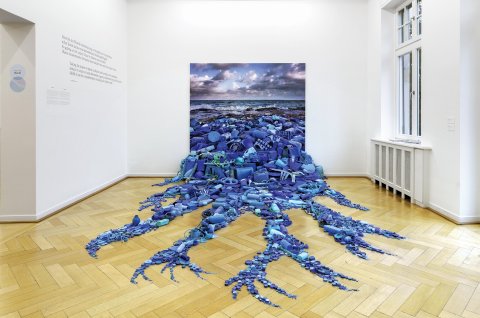
"Healing: Life in Balance"
Weltkulturen Museum
Frankfurt, Germany
Artists like Marina Abramović and Alejandro Durán offer their climate solutions by restoring balance with nature through various art forms. Their poetic answers for future global coexistence lie in an installation made of 464 blue plastic waste objects collected along Mexico's coast and a film portraying relations between human flesh, stone and wind, among others. Through September 3.

"Our Ecology"
Mori Art Museum
Tokyo
In the summer 1982, artist Agnes Denes planted and harvested two acres of wheat on a billion-dollar-plot of land in Manhattan as a protest against global warming and economic disparity. Four decades later across the globe, her work becomes a centerpiece in an upcoming exhibit that examines severe environmental issues neglected during Japan's booming era from the 1950s to '70s. It poses the fundamental questions of who are we, and to whom does Earth's environment belong? October 18, 2023–March 31, 2024.
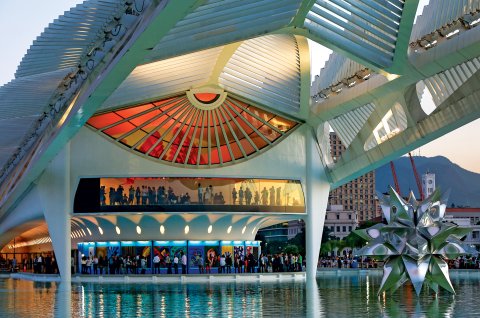
"Tomorrows"
Museu do Amanhã
Rio de Janeiro, Brazil
"We will live longer, but how?" asks The Museum of Tomorrow, also known as the museum of questions. The answer may lie in the interactive section where visitors play the Civilizations game; here, the fate of a virtual civilization is in the hands of four players. Structured in five parts—Cosmos, Earth, Anthropocene, Tomorrows and Us—the exhibition projects possible scenarios in the next 50 years as a result of climate change and human activities. On permanent display.



